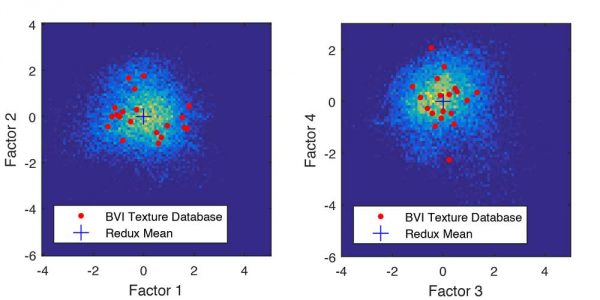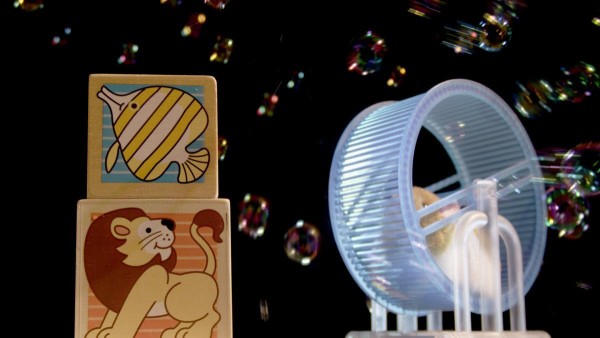Video databases, used for benchmarking and evaluating the performance of new video technologies, should represent the full breadth of consumer video content. The parameterisation of video databases using low-level features has proven to be an effective way of quantifying the diversity within a database. However, without a comprehensive understanding of the importance and relative frequency and of these features in the content people actually consume, the utility of such information is limited. In collaboration with the BBC, the “What’s on TV” is a large-scale analysis of the low-level features that exist in contemporary broadcast video. The project aims to establish an efficient set of features that can be used to characterise the spatial and temporal variation in modern consumer content. The meaning and relative significance of this feature set, together with the shape of their frequency distributions, represent highly valuable information for researchers wanting to model the diversity of modern consumer content in representative video databases.
Publications:


